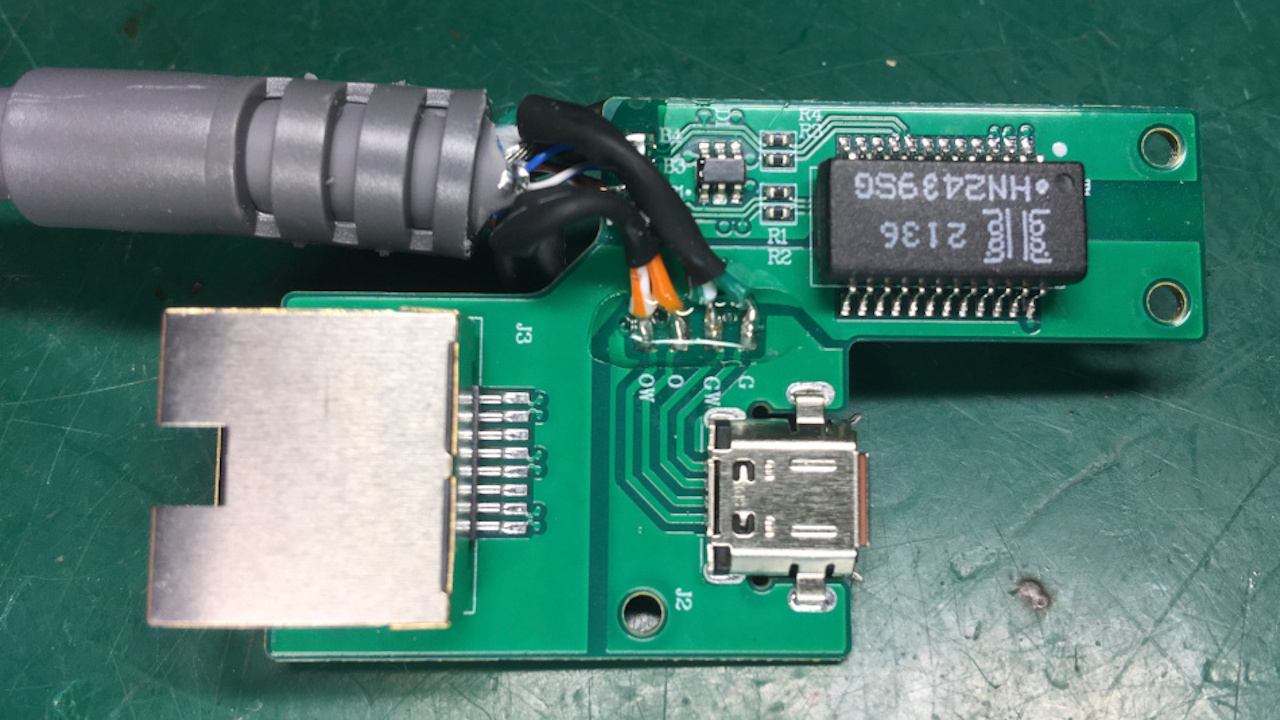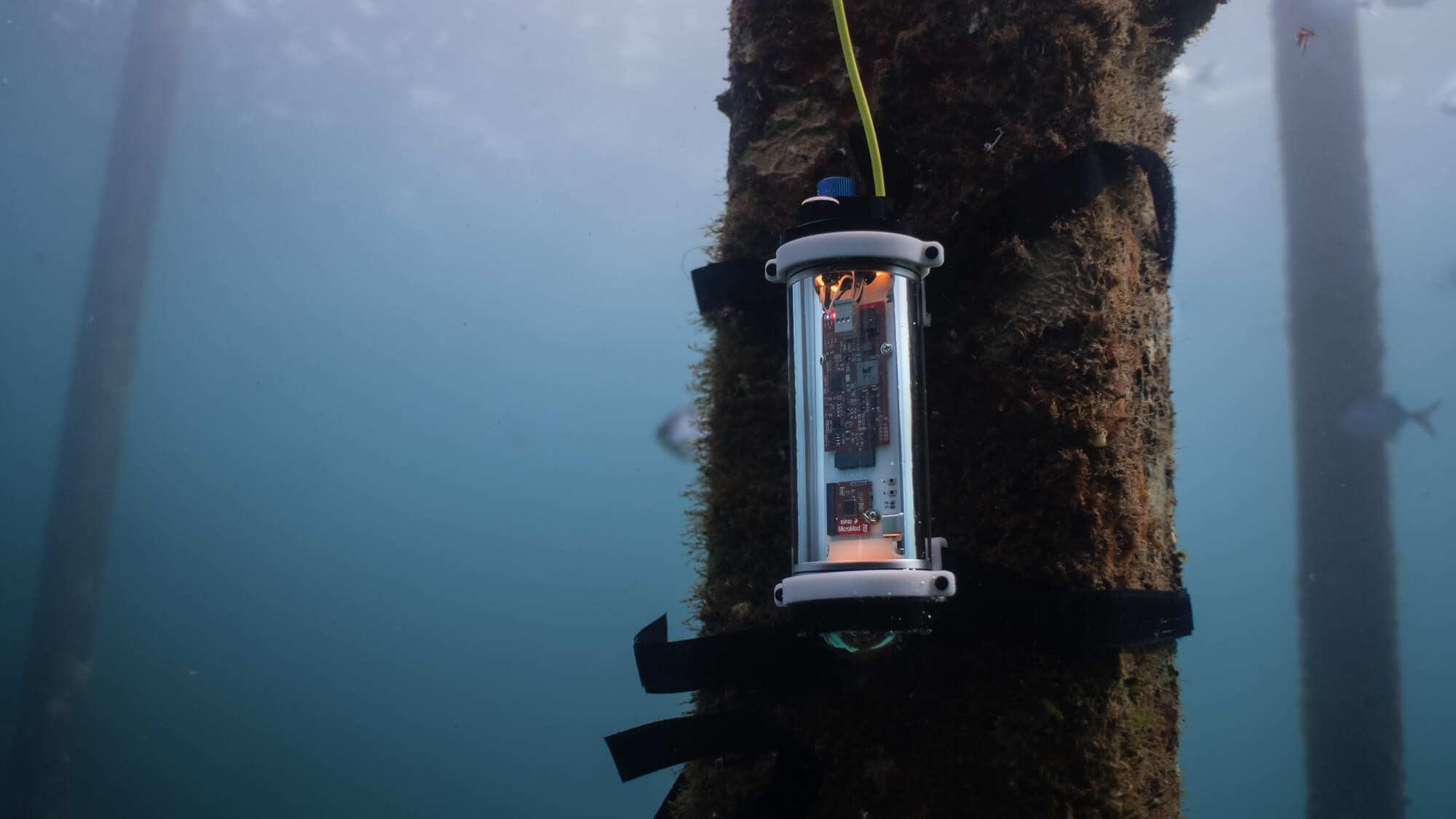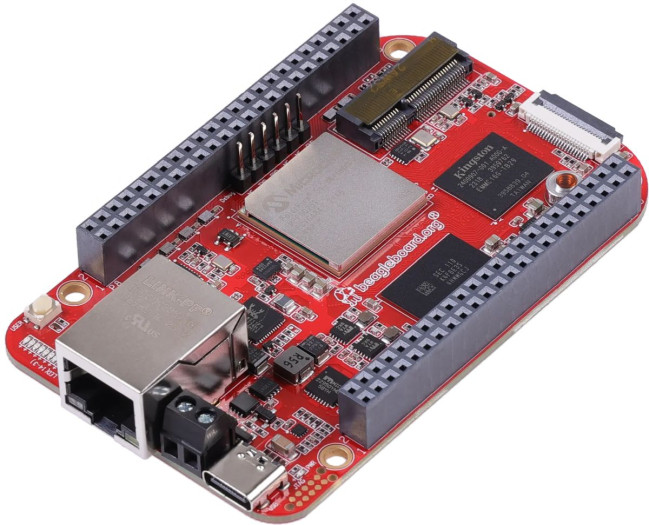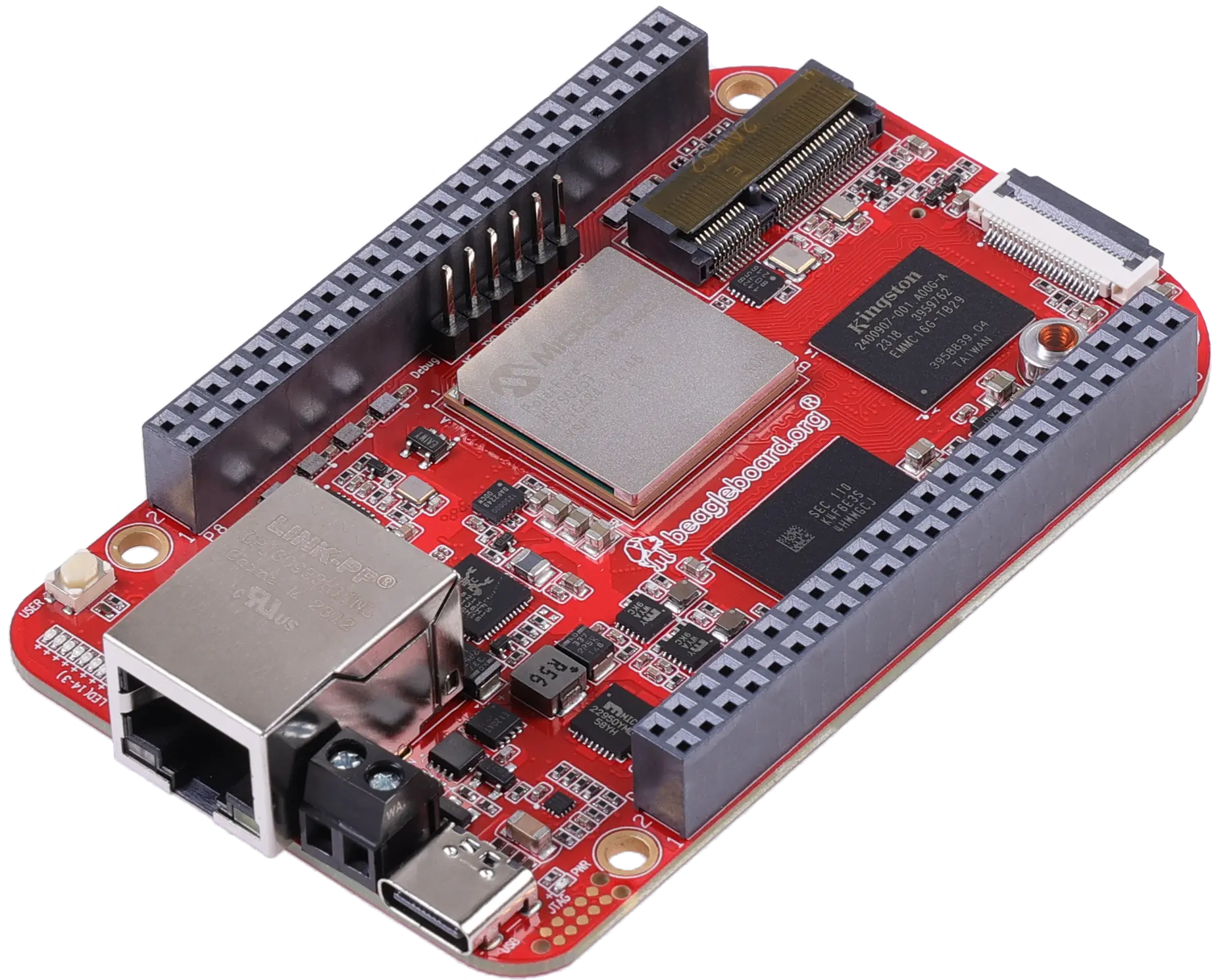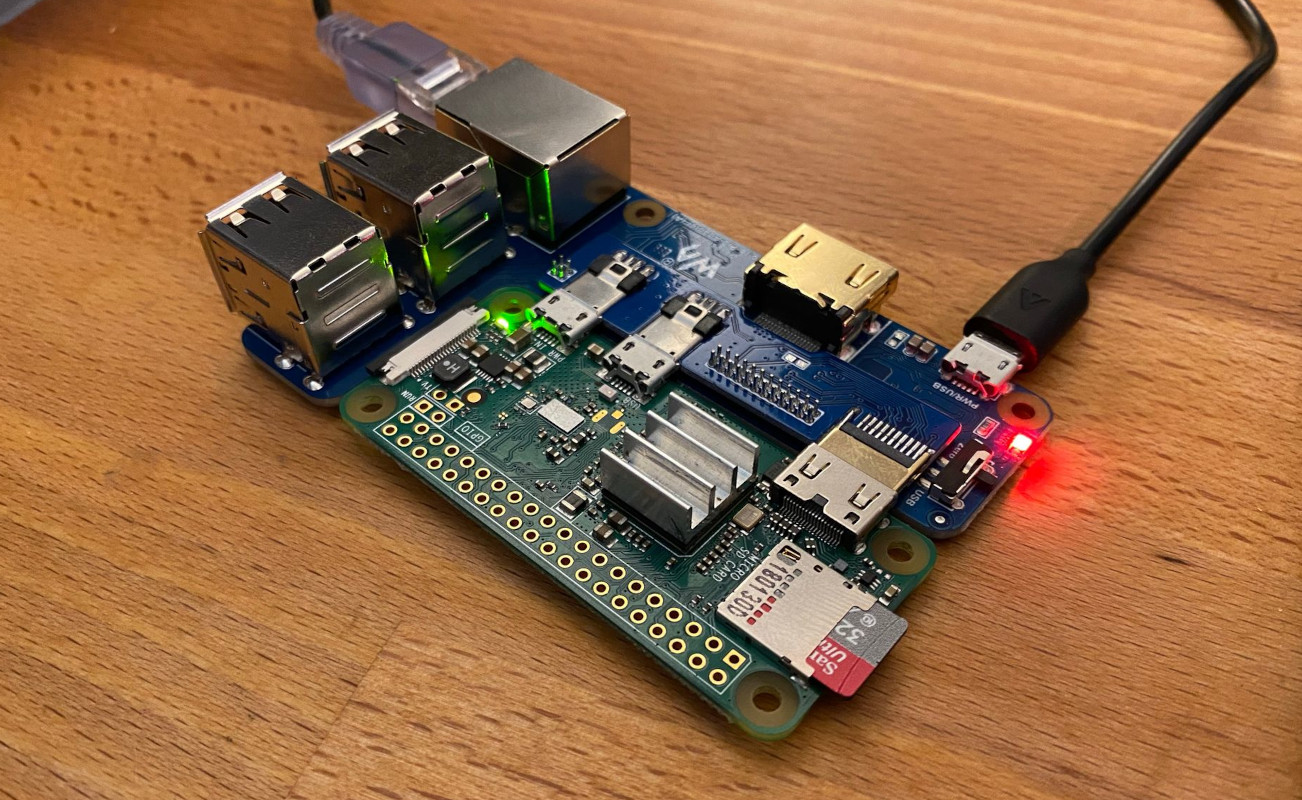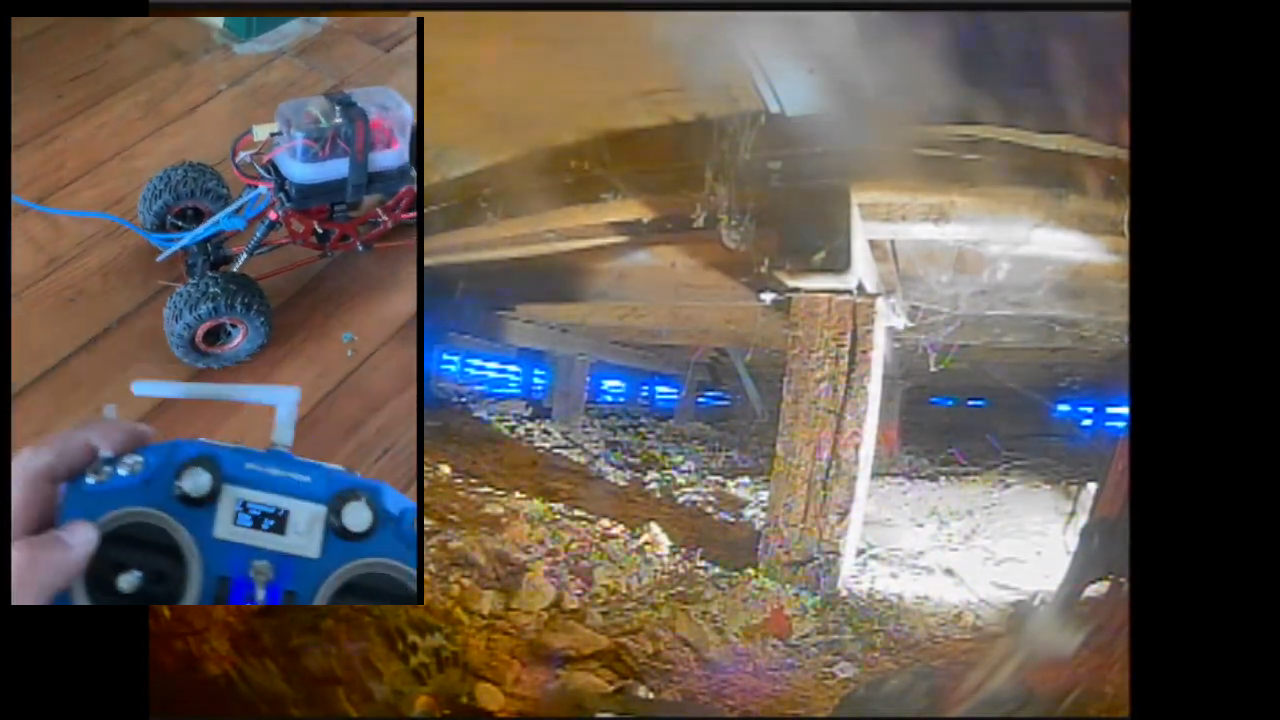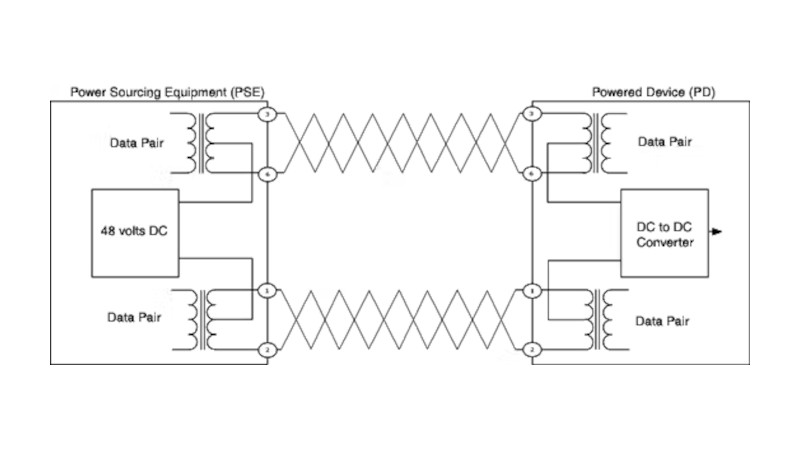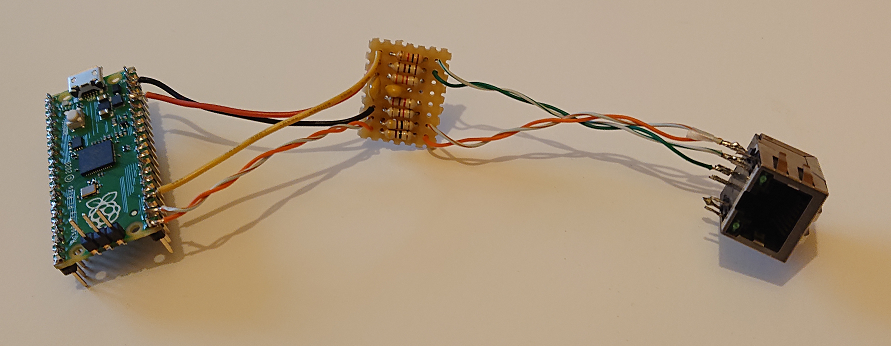#Milk-V Duo S mini #PC with #RISC-V and #ARM processor cores
The versatility of the Milk-V Duo S is one of its standout features. It comes equipped with a range of connectivity options, including a 10/100 #Ethernet jack for stable wired internet connections and #USB Type-C and Type-A ports for connecting a variety of peripherals. The board also includes a #microSD card reader for expandable storage, and it’s equipped with 512MB of #DDR3 memory, which is more than capable of managing multiple tasks simultaneously. For those who need wireless connectivity, certain models of the Milk-V Duo S also include #WiFi and #Bluetooth, as well as #eMMC storage options for faster data access and improved security.
...
With a starting price of only $11, it is positioned to be within reach of a wide spectrum of users, from hobbyists to professionals.
see: geeky-gadgets.com/mini-pc-with…
Runs with #Linux: milkv.io/docs/pioneer/getting-…
------




